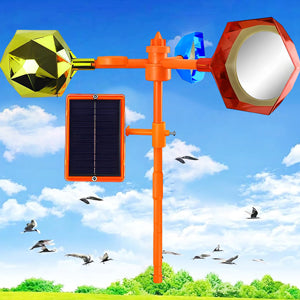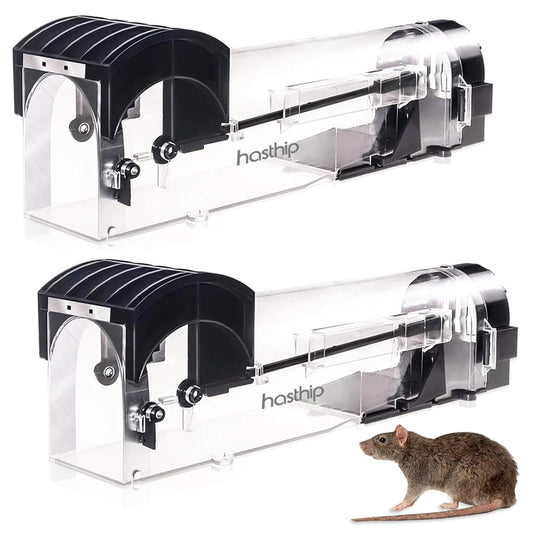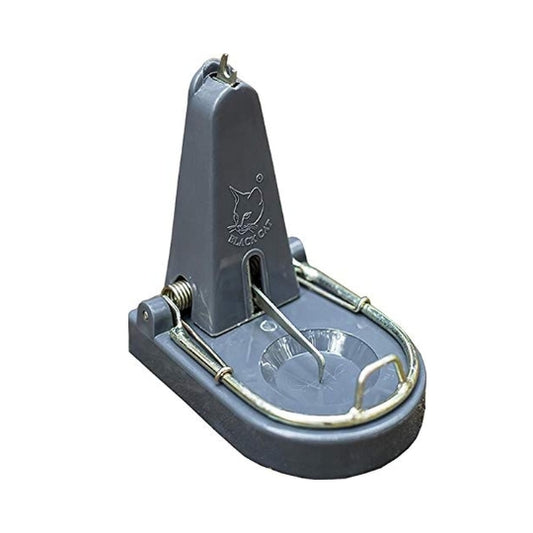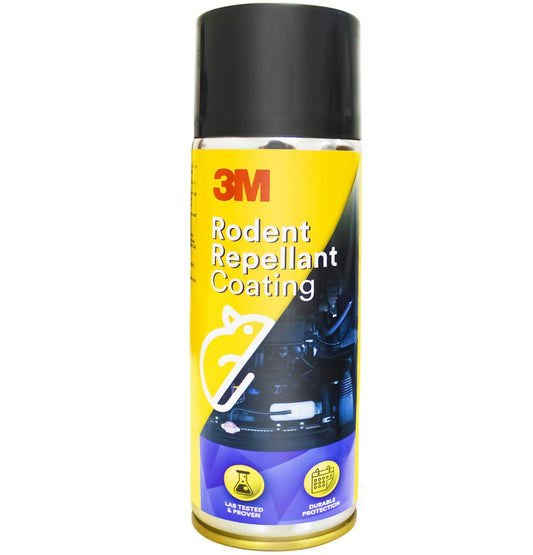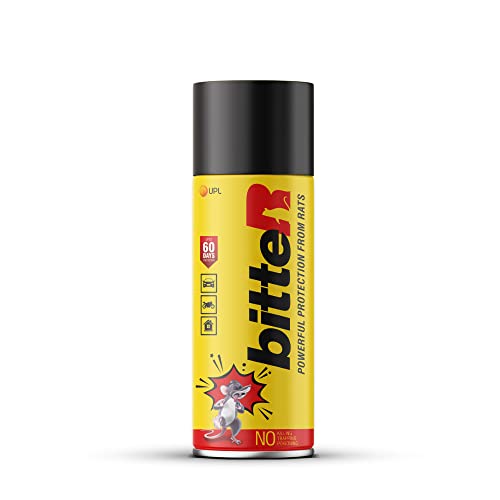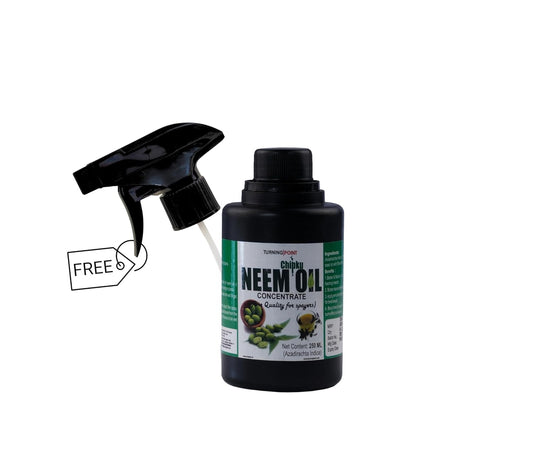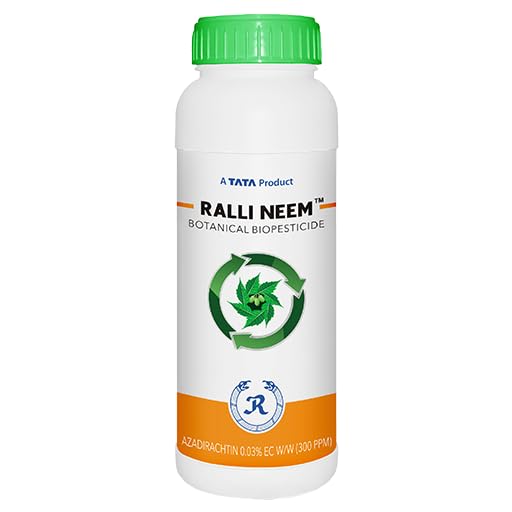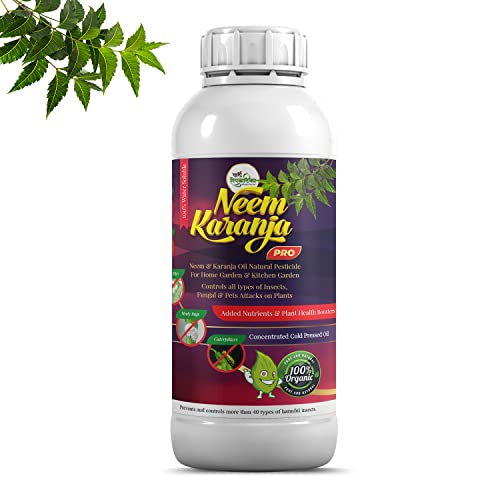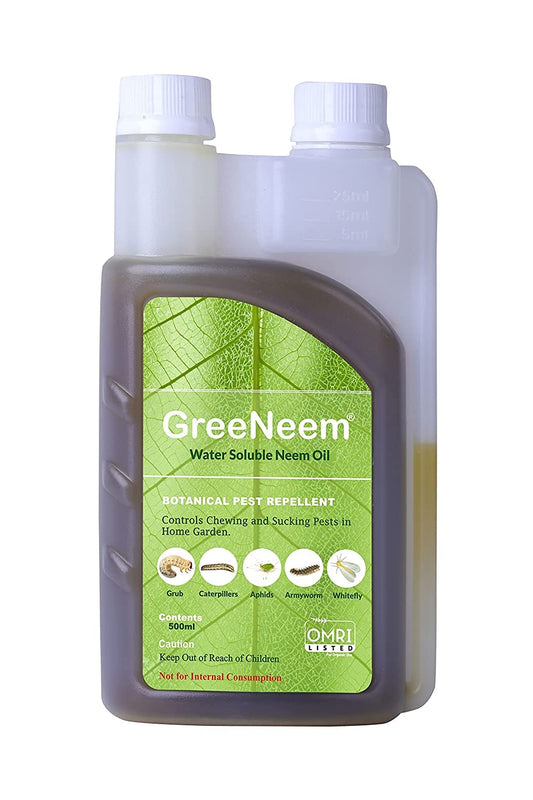
Reviving Indian Agriculture: Tackling Pervasive Crop Pests with Syngenta Voliam Targo and Integrated Pest Management
Share
Indian farmers are facing a serious problem with dangerous and resistant pests like thrips, mites, borers, moth, leaf miners, and caterpillars. These pests are affecting crops like chili, cabbage, tomato, and squash, causing significant damage to crops and financial losses to farmers.
Farmers need a technically sound, effective, and multifaceted pest control solution to help them rise again.
One such solution is a Syngenta Voliam Targo, a combination of hihgly potent, dependable and effective pesticide. It can be part of farmers Integrated pest management (IPM) and biological control program.
IPM is a holistic approach to pest management that focuses on preventing pests from establishing themselves in the first place. This can be done through cultural practices, such as crop rotation, intercropping, and sanitation. Biological control involves using natural enemies of pests, such as predators and parasites, to control pest populations.
Here are some specific IPM and biological control strategies that Indian farmers can use to manage the pests mentioned above:
- Thrips: Thrips can be controlled by planting resistant varieties, using natural predators such as lacewings and pirate bugs, and applying insecticidal soaps or neem oil.
- Mites: Mites can be controlled by planting resistant varieties, using natural predators such as predatory mites and ladybugs, and applying insecticidal soaps or neem oil.
- Borers: Borers can be controlled by planting resistant varieties, using biological insecticides such as Bacillus thuringiensis (Bt), and removing infested plant parts.
- Moths: Moths can be controlled by using pheromone traps, planting resistant varieties, and applying biological insecticides such as Bt.
- Leaf miners: Leaf miners can be controlled by planting resistant varieties, using biological insecticides such as Bt, and removing infested plant parts.
- Caterpillars: Caterpillars can be controlled by planting resistant varieties, using biological insecticides such as Bt, and applying neem oil or insecticidal soaps.
- Crop rotation: Crop rotation helps to break the life cycle of pests and diseases.
- Intercropping: Intercropping involves planting two or more different crops together. This can help to confuse pests and make it more difficult for them to find their preferred host plants.
- Sanitation: Removing weeds and debris from the field helps to reduce the number of pests and diseases.
- Monitoring: Regularly monitoring crops for pests and diseases helps to identify problems early so that they can be addressed before they cause significant damage.
By implementing these IPM and biological control strategies, Indian farmers can reduce their reliance on chemical pesticides and manage pests more effectively. This will help to protect their crops, their livelihoods, and the environment.
Syngenta Voliam Targo is an Insecticide for Control of Diamond back moth on cabbage, spider mites, leaf miners and caterpillars on chilli and tomatoes and leaf miners and thrips on squash.
TECHNICAL CONTENT: 45 gm/l Chlorantraniliprole + 18 gm/l Abamectin
BENEFITS
- Most powerful Tuta Absoluta and caterpillar control.
- Economical to use as it tackles a wide range of pests.
- Fast action with an immediate kill, preserving yield.
- Fewer applications because of its long-lasting efficacy.
- Low PHI of 3 days and safe to the consumer.
- Controls all pest stages reducing crop damage hence higher yields.
USAGE
- Thrips, Mites and Fruit borer in Chilli
- Diamondback moth (Plutella xylostella) in Cabbages
- Spider mites (Tetranychus urticae), Leaf miners (Liriomyza spp), Caterpillars in Tomatoes
- Leaf miners (Liriomyza spp) and Thrips in Squash
Dose: 1.25 ml per Liter
MODE OF ACTION
Voliam Targo 063SC is combining 2 different insecticide mode of actions, the bisamide and the avermectin mode of action.
Chlorantraniliprole is a ryanodine receptor modulator. It is a novel substituted anthranilamide insecticide. The mode of action of chlorantraniliprole is activation of insect ryanodine receptors. This activation stimulates the release of calcium from the internal stores of smooth and striated muscle, causing impaired muscle regulation, paralysis and ultimately insect death. Chlorantraniliprole shows excellent differential selectivity toward insect ryanodine receptors over mammalian receptors.
Abamectin is a GABA (Gamma Amino Butyric Acid) agonist: it stimulates the release of GABA from pre-synaptic inhibitory membranes at the nerve endings and enhances the binding of GABA to receptor sites in the muscle cells of arthropods. This binding result in an increased flow of chloride ions into the cell, essentially blocking the nerve signals. The pests become paralyzed and eventually die. However, although feeding stops almost immediately, it can take up to 4 days for death to occur. During this time the host plant is not damaged.







